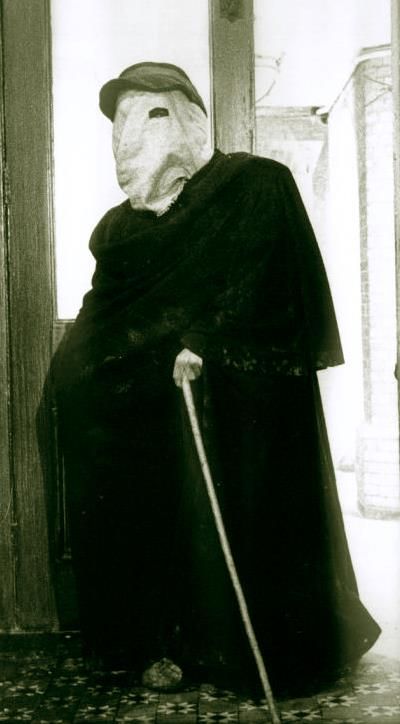

THE ELEPHANT IN THE ROOM: Who Was Jack The Ripper?
(part 1 of a 4 part report)
Dragging this vile body round the years
I am not what first appears
A senseless freak
Devoid of hope or tears
– Joseph Merrick, “The Elephant Man”
One of the most popular acts in Heavy Metal music today is called WHITECHAPEL. The band takes their name from the world’s most famous unsolved murder spree: JACK THE RIPPER. The legendary spot in London where it all took place has gained its own cult following. I’ve decided to open up my own independent death investigation on the matter. It’s time for the truth to be told.
I am going to center my Jack The Ripper investigation on two men who look closest to being the primary suspect. They are Joseph Merrick, better known to the world as the ‘Elephant Man,” and a prominent doctor from Whitechapel, London he befriended.
No, this is not another practical joke I am playing on my readers, I assure you.
Did you know that Joseph Carey Merrick aka the “Elephant Man” was living in basement quarters in Bedstead Square at the back of the London hospital during the time of the Ripper murders? He was also found dead there in his bed on April 11, 1890.
His life story was made famous in the classic David Lynch film called “The Elephant Man” – released in 1980. It is the only film to this date that I have attended when it was first released where both men and women ran out of the theater crying. In the movie, his name is John Merrick. The common nickname for John… is Jack.
The reason why the movie used the name John is because in the doctor’s subsequent memoir about the subject, he always called “The Elephant Man” John… not Joseph.
“Jack The Ripper” certainly understood how to deal out pain. In the annals of serial killers, The Ripper is widely regarded as the most feared master of savagery. His beast like destruction inflicted upon another human being had never been seen before. It was the most gruesome nightmare come to life… and honestly, most still turn away when learning about what happened in Whitechapel nearly one hundred and thirty years ago.
This year the BBC plans a new documentary that is going to be covering The Ripper murders. Certainly the curiosity level for this sensational unsolved mystery is at an all time high.
Oddly enough, the actor selected for the starring role in “The Elephant Man” film… was named John Hurt.
Did you know Satanist actor/rocker Johnny Depp has a life-size replica of the Elephant Man’s skeleton at his home?
Mr. Depp also played the lead role in a Jack The Ripper themed movie called “From Hell.”
The film “The Elephant Man” depicted Joseph Merrick’s unlikely ascent among Victorian royalty.
In 1887, the year before the Ripper murders, out of eighty recorded homicides in London, not a single one is known to have taken place in Whitechapel.
In his early twenties, Joseph Merrick’s appearance at this time was very much consistent with that of the Ripper. Dark and frightening. As it has been described, “He wore an outfit that concealed his horrific monster features from passers-by. This was made up of a large black cloak and a brown cap with a curtain in front that hid Joseph’s face.”
For all of his life, women recoiled in horror when they saw his deformed features.
At this time, he became very close friends with doctor Sir Frederick Treves (1853 – 1923) who was a prominent British surgeon of the Victorian and Edwardian eras. An expert in anatomy, Treves was famous for his surgical treatment of appendicitis. He was also chairman of the Executive Committee from 1905 to 1912 of the British Red Cross. This is important, because the Illuminati controls the Red Cross.
In his own words, the doctor described Joseph Merrick in a book he wrote titled The Elephant Man and Other Reminiscences.
“I had imagined the Elephant Man to be of gigantic
size. This, however, was a little man below the
average height and made to look shorter by the
bowing of his back. The most striking feature
about him was his enormous and misshapened
head. From the brow there projected a huge
bony mass like a loaf, while from the back of
the head hung a bag of spongy, fungous looking
skin, the surface of which was comparable to
brown cauliflower. On the top of the skull were
a few long lank hairs. The osseous growth on
the forehead almost occluded one eye. The cir-
cumference of the head was no less than that of
the man’s waist. From the upper jaw there
projected another mass of bone. It protruded
from the mouth like a pink stump, turning the
upper lip inside out and making of the mouth a
mere slobbering aperture. This growth from the
jaw had been so exaggerated in the painting as
to appear to be a rudimentary trunk or tusk.
The nose was merely a lump of flesh, only recog-
nizable as a nose from its position. The face iwas
no more capable of expression than a block of
gnarled wood. The back was horrible…”
Mr. Treves was said to have paid to bring tutors to Joseph to help him fix his poor handwriting and speech so he may adjust to society more easily.
According to the book “Jack The Ripper: A to Z”…
“While the coroner was investigating one of the Whitechapel murders he told
the jury a very queer story. You will remember that Dr Phillips, the divisional
surgeon who made the post-mortem examination, not only spoke of the skil-
fulness with which the knife had been used, but stated that there was over-
whelming evidence to show that the criminal had so mutilated the body that he
could possess himself of one of the organs.”
In total, five women were mutilated by the unknown madman. Their names and death dates follow:
Mary Ann Nichols
31 August 1888
Annie Chapman
8 Sept. 1888
Elizabeth Stride
30 Sept. 1888
Catherine Eddowes
30 Sept. 1888
Mary Jane Kelly
9 November 1888
“Their throats were cut from ear to ear and their intestines were ripped out of their bellies. One victim was left completely disemboweled, and her uterus and kidney were missing. Another woman’s head was almost completely severed from her body and her facial features were hacked beyond recognition. Both of her breasts, and all of her internal organs, were removed and arranged around her corpse. Much of her flesh was stripped off her body and her heart was missing.”
Pictured: Mary Jane Kelly A.K.A.. Marie Jeanette Kelly, Mary Ann Kelly, Ginger, Fair Emma
It is the book author’s assertion that the Ripper was actually a dude named Severin Klosowski, who had recently been convicted of murder under the name of George Chapman. He has a medical background in Russia before he relocated to London.
While the timing might be right, and some similarities exist, I believe this is the wrong man. The depth of destruction perpetrated on these victims is much more high level. I feel only someone who belonged to a Royal Satanic coven could have accomplished all of this and gotten away with it. The Metro police assisted in an epic cover up that has fooled everyone for 130 years.
A scientist came forward with a bogus theory that a shawl found one of the victims matched DNA of a relative of one suspect, but the truth is a cop took the evidence home where it remained until recent discovery.
“The shawl was reportedly found by police in 1888 on murder victim Catherine Eddowes, wrote Edwards in his Mail column. According to this account, a police officer took the shawl home after the murder, and it was passed down through his family. It spent time in Scotland Yard’s Crime Museum before being put up for auction in the late 2000s when Edwards bought it.”
Pictured: Sir Frederick Treves
“In those victims who had organs removed, the killer made no extraneous cuts to the body. The abdomen was laid open and organs taken, but this was not the case with the Polly Nichols murder. Dr. Llewellyn described the injuries to her body as being, “two or three inches from the left side was a wound running in a jagged manner. It was a very deep wound, and the tissues were cut through. There were several incisions running across the abdomen. On the right side there were also three or four similar cuts running downwards. So, one very deep wound with numerous incisions running across and down the abdomen, slashing cuts, which, interestingly, the East London Observer described as ‘severe cuts and stabs’ that were absent from the other victims in which organ removal seems to have been the focus. The extraneous slashes and stabs to Nichols’ body seem to show that organ removal was not the Ripper’s focus in this murder, or else why not get to it and get away? No, it was with Annie Chapman’s murder that the killer graduated to disemboweling and removing organs, part of the progression of mutilation which could easily have led from Tabram to Kelly.”
Pictured: Joseph Merrick, “The Elephant Man”
“When I first became aware of this phenomenon
the exhibition was closed, but a well-informed boy
sought the proprietor in a public house and I was
granted a private view on payment of a shilling.
The shop was empty and grey with dust. Some
old tins and a few shrivelled potatoes occupied
a shelf and some vague vegetable refuse the
window. The light in the place was dim, being
obscured by the painted placard outside. The
far end of the shop — where I expect the late
proprietor sat at a desk — was cut off by a curtain
or rather a red tablecloth suspended from a
cord by a few rings. The room was cold and
dank, for it was the month of November. The
year, I might say, was 1884.”
– Dr. Treves
Joseph was cared for at the London hospital until his death at the age of 27 on 11 April 1890, apparently due to “the accidental dislocation of his neck from its inability to support the weight of his massive head in sleep.”
The east end in UK site details his tragic story:
“Joseph Carey Merrick was born in Leicester, Leicestershire, England in 1862 and lived until 1890. He began to develop severe abnormalities during the first month or two of his life, and these manifested themselves as thick, lumpy skin on his body, together with a huge bony lump on his forehead. His lips, feet and one of his arms became grossly enlarged, and following a fall during his childhood, Joseph developed a severe limp. When his mother died in 1873 and following rejection by his father who remarried two years later, Joseph left home. In late 1879, the 17-year-old Joseph Merrick entered the Leicester Union Workhouse. At the age of 21, Merrick himself contacted a showman called Sam Torr and suggested that Torr exhibit him as a freak. Torr, with a number of associates named Merrick ‘The Elephant Man’ and began touring the East Midlands with their sad cargo in tow. Merrick then travelled to London where he met another showman called Tom Norman who exhibited him in a shop in Whitechapel Road, directly opposite the London Hospital. Incidentally, the shop stands to this day but now sells Indian saris.”
After touring the East Midlands, Merrick made his way to London to be exhibited in what they call a penny gaff shop located on Whitechapel Road which was rented by showman Tom Norman.
He exhibited Merrick in the back section of an empty shop on Whitechapel Road. There was an iron bed with a curtain drawn around Joseph to afford him some privacy. I learned that people from all around London would crowd around the building, fighting for a chance to see the greatest freak of all time.
“Here was a man in the heyday of youth who was
so vilely deformed that everyone he met con-
fronted him with a look of horror and disgust.
He was taken about the country to be exhibited
as a monstrosity and an object of loathing. He
was shunned like a leper, housed like a wild beast,
and got his only view of the world from a peep-
hole in a showman’s cart. He was, moreover,
lame, had but one available arm, and could hardly
make his utterances understood. It was not
until I came to know that Merrick was highly
intelligent, that he possessed an acute sensibility
and — worse than all — a romantic imagination
that I realized the overwhelming tragedy of
his life.”
– Dr. Treves
Norman’s shop, directly across the street from the London Hospital, was visited by the renowned surgeon Frederick Treves, who next invited Joseph to be examined and photographed under his care. Soon after Merrick’s visits to the hospital, Tom Norman’s shop was closed by the police, and Merrick’s managers sent him to tour in Europe.
In Belgium, Merrick was beat up and robbed by his road manager, left alone in Brussels. Joseph made his way back to London; although due to his injuries he wasn’t able to communicate. It’s said he was found by the police with Dr. Treves’ card on him. Dr. Treves picked Joseph up and returned him back to the London Hospital. Merrick took up his abode
in the hospital in December 1886.
There he remained until his death.
So, we know for sure Joseph is living in Whitechapel at exactly the same time The Ripper was killing, ending the lives of 5 women with a vicious fury.
Is it possible that the totally unsuspecting Joseph Merrick could have pulled the wool over everyone’s eyes?
Is “The Elephant Man” the most notorious psychopath of them all?
I learned that Joseph turned out to be tremendously gifted in one area… working with his hands.
He built very intricate and complex miniature models that he would give as a gift to people.
At only Five feet two inches and using a cane to keep himself from falling when walking, there is little evidence that shows Joseph Merrick had the physical strength to overtake and savage 5 grown women at different times.
However, anyone with a maniacal rage towards anyone or anything certainly has the capacity to commit unspeakable murders.
What my investigation is going to do is take readers back in time to learn exactly what kind of life Joseph Merrick was living at the time The Ripper murders happened in 1888. I will illustrate his strength & stamina from records taken during his time at the hospital, along with other key pieces of evidence that talks more about him psychologically.
We need to keep in mind that if the female victims were dosed or restrained somehow before the killings that would allow Joseph the ability to attack the women without any way for them to possibly fight back, because they were already unconscious or simply unable to defend against his savagery.
Even with his disabilities, in my opinion, it is definitely possible for Joseph to carry out the savage mutilation murders.
Or was it the doctor who became his close friend who was the one that actually committed these heinous acts?
Looking over his background, there are certainly freemason/Luciferian ties which would have given him immunity at the highest levels of authority in England. We know he was a very skilled surgeon. Was Joseph being used by him as a charitable case so that it created a diversion where nobody would suspect the highly esteemed doctor?
In this special four-part report, I will make my case to the public and attempt to finally bring a conclusion to this legendary tale of carnage.
Dead Interesting site take us further down the road to Hell:
“The proud parents are delighted with their fine baby boy, born healthy and crying lustily. Named for his father, Joseph Carey Merrick is given his distinguished middle name by his mother. A staunch baptist, she chooses to include the name ‘Carey’, from the name of preacher William Carey. Joseph began to change when he was 21 months old. Swellings developed on his lips. A bony lump appeared on his forehead, and his skin began to roughen, becoming loose. His feet became bigger and later, a size difference between his left and right arms became noticeable. By the time he was five years old, Joseph’s skin was noted as being, “… thick, lumpy skin …like that of an elephant, and almost the same colour.” The Merricks, unsurprisingly distressed, blamed the changes in Joseph on his mother’s having been frightened and knocked over by a fairground elephant during her pregnancy. This notion, that the experiences of a pregnant woman could affect her unborn child.”
The man who helped with the “Ripper” investigation in the start was named George Akin Lusk, (1839–1919), and he was a builder/decorator who specialized in music hall restoration. Mr. Lusk was the Chairman of the Whitechapel Vigilance Committee during the ‘Whitechapel Murders’ of Jack the Ripper in 1888.
As the story goes, the first murder took place at London’s East End. It’s located by Whitechapel Underground Station. As you exit the station, directly opposite on the other side of the Whitechapel Road, you will see the Royal London Hospital.
“On a memorable occasion, Joseph Merrick met the prince and Princess of Wales, who arrived to officially open a new building at the hospital. In Joseph’s room, the Princess shook his hand, and sat talking with him. She gave him a signed photograph, and wrote to him regularly. Joseph was “overjoyed”. He also enjoyed three holidays, being taken to the station in a cab and having a railway carriage all to himself on each journey. He spent the time walking in the woods of Fawsley Hall, Northamptonshire, collecting flowers and meeting some of the locals.”
In October 1888, George Lusk receives a small package.
Casebook.org gives us the gruesome facts:
“At about 5.00 pm on Tuesday, 16 October 1888, a small package was delivered to the home of George Akin Lusk, a builder who resided at 1 Alderney Road, Mile End. Since his appointment as head of the Whitechapel (or Mile End) Vigilance Committee, Lusk had been the target for suspicious visitors and crank letters, and at first sight the small, paper-wrapped cardboard box with a London postmark (the incomplete cancellation read “OND” –an obvious remnant of “LONDON”) appeared to be one more. However, after opening the box, Lusk was shocked to discover a small piece of rancid flesh enclosed with a note.”
Here is what it read:
“From hell
Mr. Lusk
Sor
I send you half the Kidne I took from one women preserved it for you tother pirce I fried and ate it was very nise I may send you the bloody knif that took it out if you only wate a whil longer.
signed Catch me when
you Can
Mishter Lusk.”
This is referred to as the “From Hell letter” by Ripperologists. This letter along with the “Dear Boss” letter, the “Saucy Jacky” postcard and the Openshaw” letter remains the most important to investigators.
“Convinced the letter was a practical joke, Lusk placed the box and the kidney in his desk drawer. At a meeting of the Vigilance Committee the next day he showed it to other members of the Committee. Joseph Aarons, W Harris and two other members called Reeves and Lawton visited Lusk at home to inspect the letter and the kidney. Lusk wanted to throw both away, but he was persuaded to take them to Dr Frederick Wiles, who had a surgery nearby on the Mile End Road. ”
The Openshaw letter, which was received by another doctor named Thomas Horrocks Openshaw at the London Hospital (who also examined the Lusk kidney) read:
“Old boss you was rite it was the left kidny i was goin to hoperate agin close to you ospitle just as i was going to dror mi nife along of er bloomin throte them cusses of coppers spoilt the game but i guess i wil be on the jobn soon and will send you another bit of innerds.”
Jack the Ripper
O have you seen the devle with his mikerscope and scalpul a-lookin at a kidney with a slide cocked up.
“The rest of Merrick’s life up to the time that
I met him at Liverpool Street Station was one
dull record of degradation and squalor. He was
dragged from town to town and from fair to fair
as if he were a strange beast in a cage. A dozen
times a day he would have to expose his nakedness
and his piteous deformities before a gaping crowd
who greeted him with such mutterings as “Oh!
what a horror! What a beast! ” He had had
no childhood. He had had no boyhood. He had
never experienced pleasure. He knew nothing of
the joy of Fiving nor of the fun of things. His
sole idea of happiness was to creep into the dark
and hide. Shut up alone in a booth, awaiting the
next exhibition, how mocking must have sounded
the laughter and merriment of the boys and girls
outside who were enjoying the ‘fun of the fair’.”
– Dr. Treves
A post card said to be handwritten by Jack the Ripper was auctioned off this year.
“Grand Auctions, a Kent, England, auction house, said the post card arrived at the Ealing Police Station on Oct. 29, 1888, just days before one of Jack the Ripper’s victims, Mary Kelly, was mutilated and murdered on Nov. 9, 1888. The letter is an eerie warning to the department.”
“Beware there is two women I want here they are bastards and I mean to have them my knife is still in good order it is a students knife and I hope you liked the half of kidney. I am Jack the Ripper.”
Mary Kelly was the last to be killed of the “Canonical Five.” These are the women believed to be murdered by The Ripper.
The Ripper historian concludes describing this part of the tale: “Wiles was out, so his assistant, F S Reed examined the contents of the box and took the kidney to Dr. Thomas Horrocks Openshaw at the nearby London Hospital. The kidney was handed over to the City Police in whose jurisdiction Catherine Eddowes had been murdered. Lusk is also mentioned in the 17 September 1888 ‘Dear Boss’ letter, but this letter is regarded by many Ripperologists as being a modern hoax.”
Did you know that the location where the first murder took place was called Buck’s Row?
In the #Pizzagate scandal, James Alefantis, owner of Comet Ping Pong, also owns a business called Buck’s Camping and Fishing.
Just like the notorious stage play, Sweeney Todd (turned into another film starring Johnny Depp), where human meat pies were served to unsuspecting patrons, it’s said that Mr. Alefantis is engaged in the same human atrocities and the mainstream news media is covering it up.
One Scotland Yard Detective named Frederick G. Abberline, towards the end of his life, told an acquaintance, ‘You’d have to look for him [the Ripper] not at the bottom of society, but a long way up.’
As it relates to the Ripper crimes, some very cryptic messages emerge as it relates to Mr. Abberline and a walking stick he was gifted for his duty during the Ripper investigation.
“ABBERLINE’S WALKING STICK. A three-foot ft ebony stick, carved to resemble blackthorn,
with a small but ornate silver plate, inscribed, ‘PRESENTED TO INSP. ABBERLINE as
a mark of esteem by 7 officers engaged with him in the Whitechapel murders of 1888’.
The handle is carved into the representation of a man’s head encased in a shallow hood and
stained brown. It has been suggested by Donald Rumbelow in The Complete Jack
the Ripper that this might be a monk’s cowl and the figure could represent ‘Brother
Martin’, a mad monk who allegedly murdered a nun in the 16th century.”
Abberline’s walking stick is exhibited in a case at the National Police Library in
Bramshill, Hampshire. The case carries the inscription:
THE WHITECHAPEL MURDERS
THE WHITECHAPEL MURDERS IN 1888, COMMONLY KNOWN AS THE
‘JACK THE RIPPER’ MURDERS, TOOK PLACE IN LONDON BETWEEN
AUGUST 31ST AND NOVEMBER 9TH.
THE OFFICER IN CHARGE OF THE INVESTIGATION WAS INSPECTOR
(LATER CHIEF INSPECTOR) FREDERICK G. ABBERLINE AND THIS STICK AP-
PEARS TO HAVE BEEN PRESENTED TO HIM BY HIS TEAM OF SEVEN
DETECTIVES AT THE CONCLUSION OF THE ENQUIRY.
WHILST THE MURDERER WAS NEVER IDENTIFIED, IT IS KNOWN THAT
INSPECTOR ABBERLINE FAVOURED THE THEORY THAT THE RIPPER WAS A
DR. ALEXANDER PEDACHENKO OR OSTROG, AN ALLEGED RUSSIAN ANAR-
CHIST LIVING IN THE LONDON AREA AT THE TIME, AND THE HEAD OF
THE STICK MAY WELL BE BASED ON HIS FEATURES.
THE STICK WAS FOUND AMONGST THE POSSESSIONS OF EX-CHIEF
INSPECTOR HUGH PIRNIE (DORSET AND BOURNEMOUTH) BY HIS SON,
COMMANDER IAN PIRNIE.
The inscription draws its information from Donald McCormick’s The
Identity of Jack The Ripper, accepting the belief that Abberline endorsed the
Pedachenko theory… which for me, stinks of a major cover up.
“According to which ever variation of the story is told, Dr Alexander Pedachenko, alias Vassily Konovalov, alias Count Andrey Luiskovo, was sent by the Russian secret police or the Ochrana, to England to commit the Whitechapel murders, in an attempt to discredit the Metropolitan police, whom they believed were been too soft on anarchists, socialists and dissidents.”

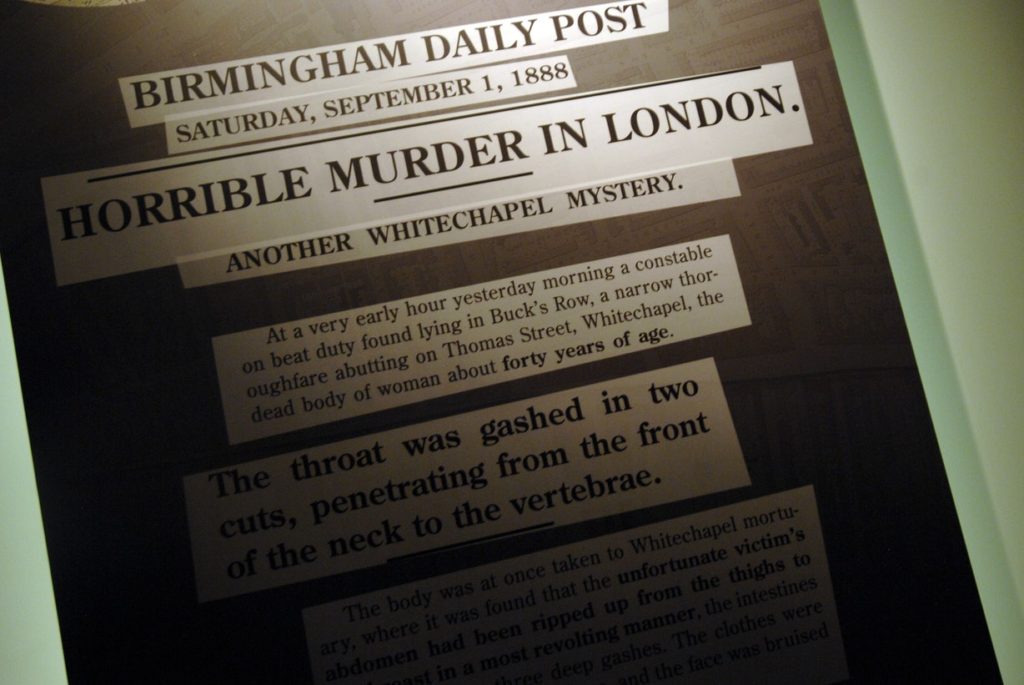
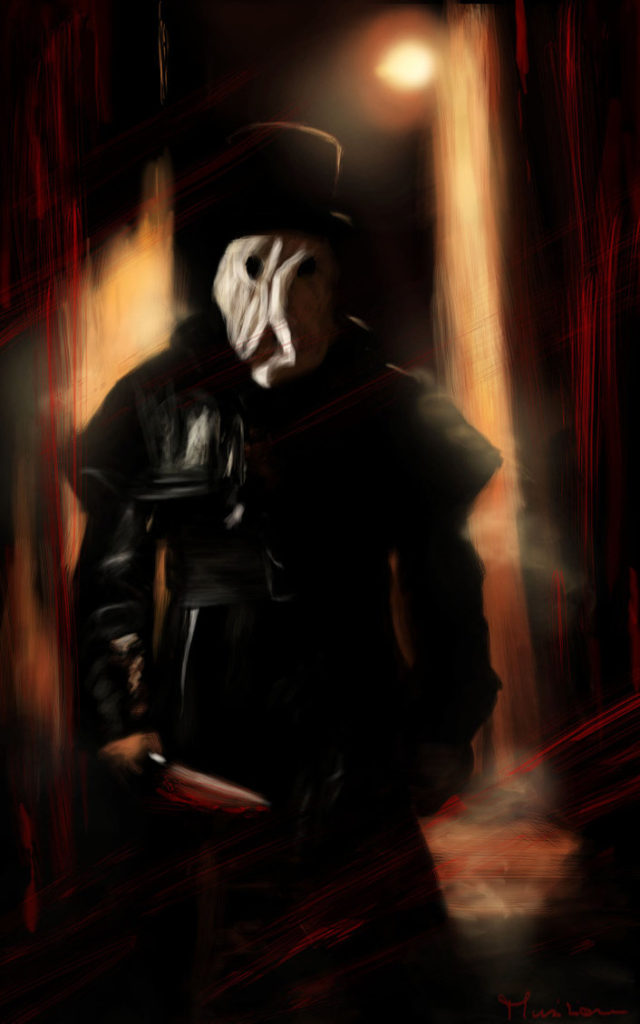
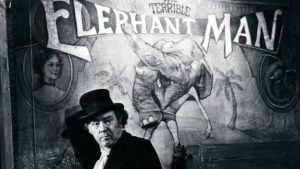

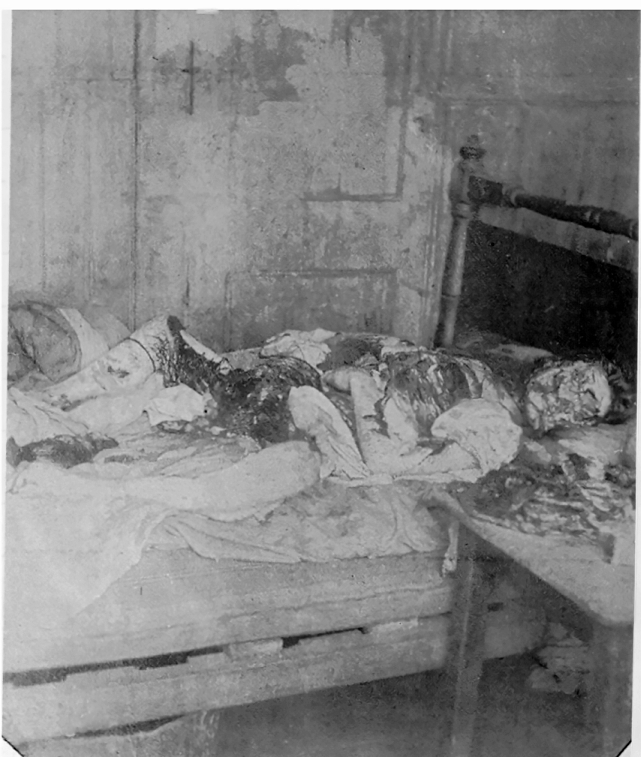
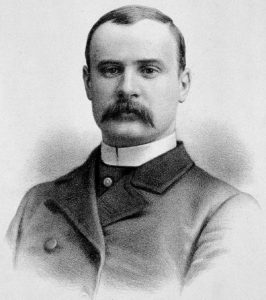
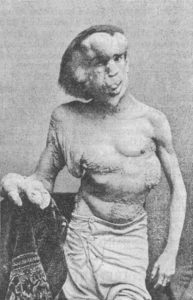
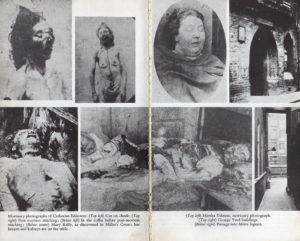

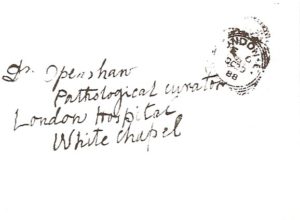
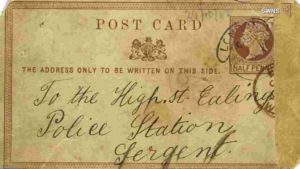
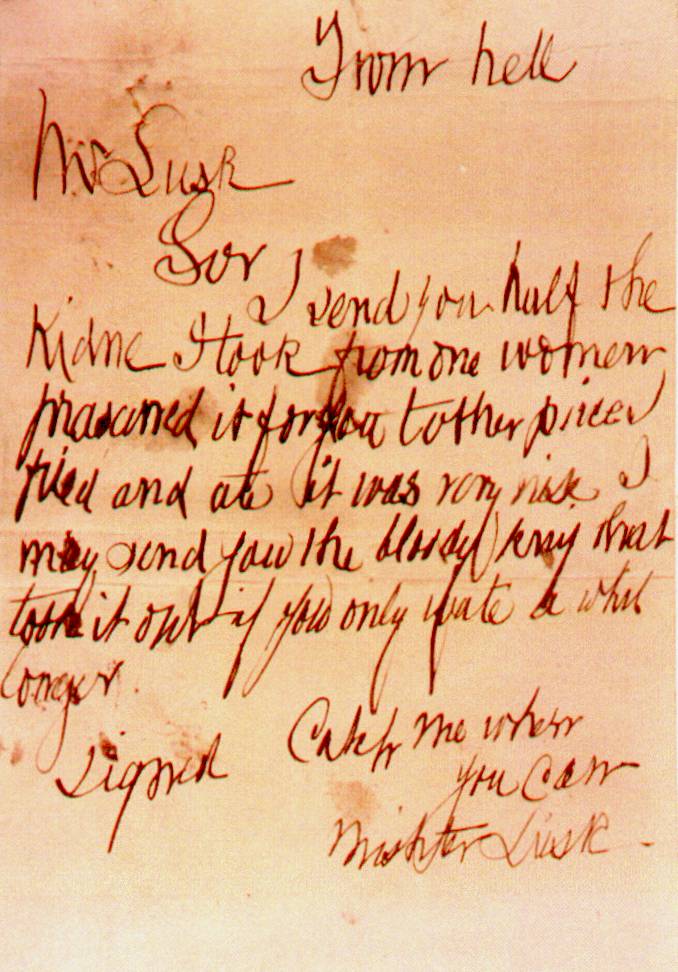


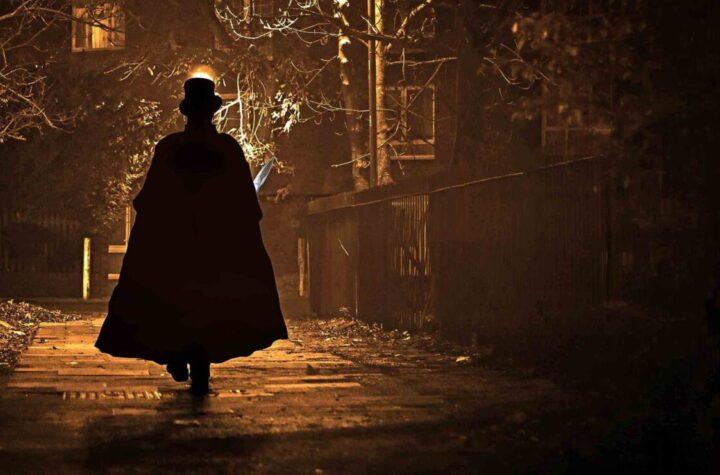

More Stories
Vince Neil Plane Crash: Another ‘PsyOp’ Designed to Mock Christians, the Satanic Connection with Sacrifice & Duality
Diddy’s Main Man Tommy Lee: “Hatched Plot to Kill Jeffrey Epstein” Over A Decade Ago, Says Industry Insider
Damning Allegations by Mick Mars Against MÖTLEY CRÜE Unveiled: “The worship of Satan corrupted my ex-bandmates!”